The Top 10 PC Components Of 2010
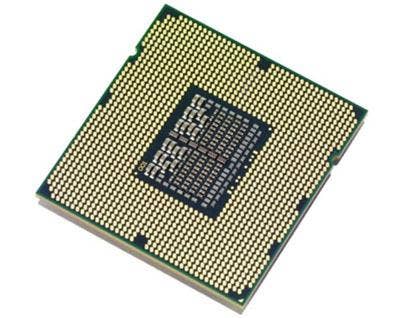
Since its May 31 release, the Intel Core i7-975 Extreme Edition has been the top part in the chip giant's lineup of Nehalem-based desktop processors. For raw power and performance, you just can't beat this 3.33-GHz beast, easily the top choice for anyone building the most out-of-sight gaming rig currently possible. The Core i7-975 has a successor due out in March, the Core i7-985, but for now this $999 quad-core with 8MB of L3 cache is the monster of the consumer space.
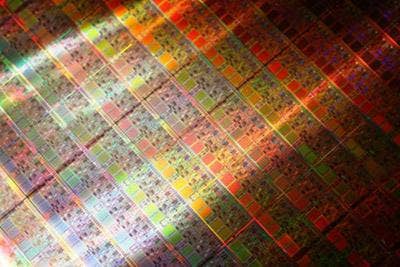
Intel's Xeon W3570 workstation processor debuted in the massive unveiling of Nehalem 3500 and 5500 series parts at the end of March. While the basic specs for these chips look nearly identical to Intel's Core i7 processors, features like error-correcting code (ECC) memory in the 3500 series are different. Put it this way -- Apple's a big fan of the Xeon 3500 series, and they don't lavish praise lightly. With four cores and eight threads, the 3.20GHz Xeon W3570 can be had for $999. Of course, for those willing to wait a bit longer in 2009, you could have had the 3.33GHz Xeon W3580 for $999 from Aug. 9 onwards, or starting on Nov. 1, the $562 Xeon W3565, which has the same 3.20GHz clock as the W3570 but slower I/O and DDR3 memory throughput.
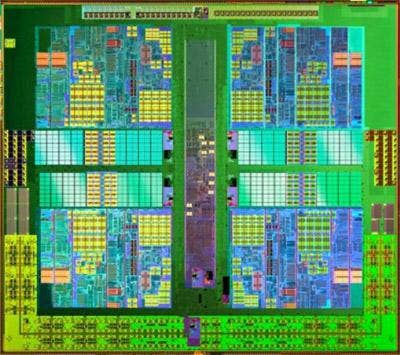
Advanced Micro Device's Athlon II X4 620 is a 2.6GHz, 45nm quad-core processor featuring 2 MB of total dedicated L2 cache and a 2GHz HyperTransport bus. Released on Sept. 16, this 95W part drops into AMD's AM3 socket and is part of an AMD hardware platform that includes the chip maker's 785G chipset and HD 4200 integrated graphics from ATI. But the really notable thing about the Athlon II X4 620? You're getting four processor cores for less than $100 -- $99 to be exact -- which was a first for an x86-based product.
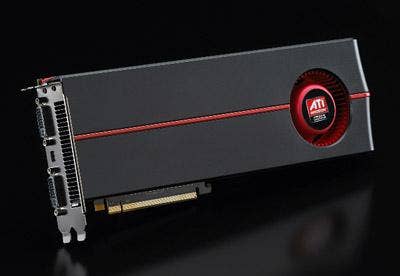
AMD's ATI Radeon HD 5970 was released late in the year -- Nov. 18, actually -- but this dual-GPU video card, codenamed Hemlock, is one heck of a challenger to discrete graphics market leader Nvidia. Especially since Nvidia won't have its future-generation GPUs, codenamed Tesla, ready for release until well into 2010. The Radeon HD 5970 costs a pretty penny, anywhere from $650 to $700, and for that investment you're getting a pair of RV870 GPUs with 2GB of GDDR5 memory and 725MHz clocks, with a combined 3,200 stream processors and 160 texture units. The only downside is that these beasts are hard to get given AMD's documented shortages of its new HD 5000 series products.
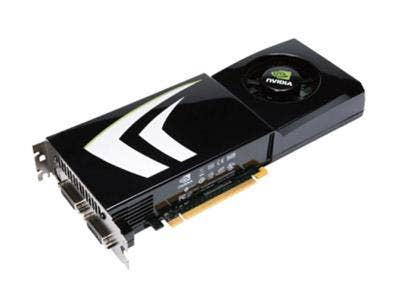
Nvidia put out its first GeForce GTX 260 cards back in 2008, but this past year released a new version of the popular product that bears the same GTX 260 name but actually has some nice improvements over the older edition. The new GeForce GTX 260 GPUs have 216 shaders, up from 192, for example. Probably the most significant selling point is that these $250 parts can be overclocked to perform at or above the level of Nvidia's more expensive GeForce GTX 280 products.
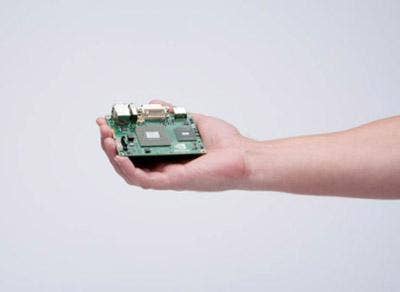
Nvidia wasn't about to let the netbook craze pass it by, especially in an economy where demand for almost all other PC products had fallen sharply. The graphics chip maker began making noise about a new integrated graphics platform for netbooks and ultra-small desktops late last year, and in 2009 unveiled its Ion product in time for Acer to build a small, entry-level desktop PC, or nettop, around the GeForce 9400M-based motherboard platform that was released as the Aspire Revo, pictured, in the first half. As the year proceeded, Ion picked up steam in the channel as components makers like Zotac brought Ion-based Mini ITX motherboards to system builders.
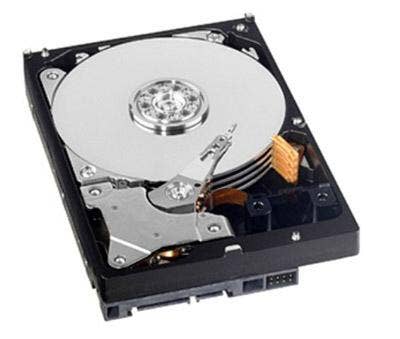
Sure, Western Digital built its two-terabyte RE4-GP Enterprise Hard Disk for NAS servers and the like, but in 2009 hard-core hardware geeks were jamming these ridiculously fast and furious storage units into their souped-up PC rigs. You'll pay a pretty penny at $310 for your 2TB Raid Edition monster, but you're getting up to 25 percent better performance over Western Digital's previous generation of RE-GP drives, plus power-conserving features like IntelliSeek, IntelliPark and IntelliPower.
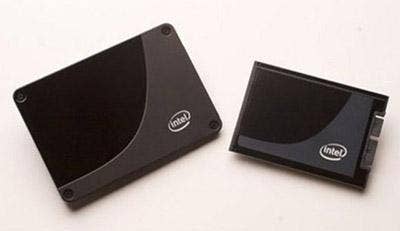
Intel's successful entry into the solid state market over the past 18 months or so deserved more attention -- so let's make up for lost time. Whether you go with the 80GB or 160GB version of Intel's second-generation 2.5-inch X25-M SSD (both were released this year), you're getting the fastest read speeds on the market at 250MB/s. Write is a bit below par at just 70MB/s, but why quibble. Intel's 80GB X25-M SSD is available in the $300 range, while the 160GB edition costs in the neighborhood of $550.
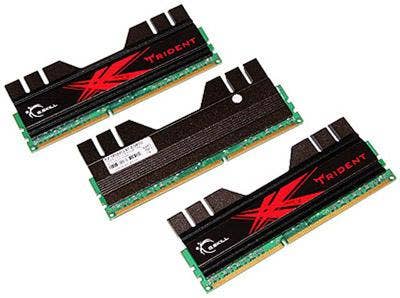
Here's some memorable DDR3 memory from G.Skill -- a Taiwanese vendor of extreme-performance storage and memory products that made quite a name for itself in 2009. The company's 6GB Trident PC3-16000 DDR3 Memory Kit, priced at $150, is built for Intel Core i7 systems and earned rave reviews in the hardware enthusiast community. A big reason for all the Trident love -- memory that clocks at 2.0GHz for a price that few can beat.
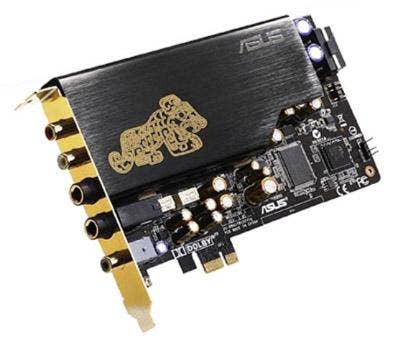
In January, Asus put out what was probably the best-reviewed sound card of the first half of 2009 -- the Xonar Essence STX. The price is nice at $85 and what really got audiophiles excited was the unit's improved signal-to-noise ratio over earlier Xonar cards, thanks to Burr-Brown digital-to-analog converters, as well as the quality materials used to make the Essence STX, ensuring rich bass and a crystal-clear high end.